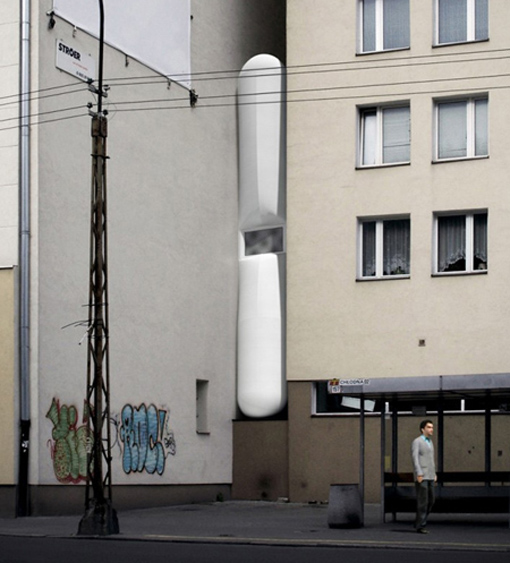 I
In an era of high anxiety, few issues rattled people in the 1960s and 1970s more than the Earth’s seemingly runaway population growth. The sense of imminent overcrowding doom was chillingly articulated by Paul Ehrlich, the Stanford University biologist whose 1968 book,
The Population Bomb, became an unlikely bestseller, propelled in part by the academic’s numerous appearances on Johnny Carson’s
Tonight Show. The swelling ranks of humankind would lead to “hundreds of millions” dying of starvation by the 1970s, a substantial increase in the global death rate and assorted ecological disasters, he predicted. Involuntary sterilization might be needed to lessen the coming cataclysm.
“We can no longer afford merely to treat the symptoms of the cancer of population growth; the cancer itself must be cut out,” he wrote. Four decades later, the Earth’s population has doubled and the United Nations predicts a newborn’s arrival some time this fall will push the total to seven billion souls.
By 2050, another two billion humans are likely to be jostling for elbow room. Yet the doomsaying predictions of Prof. Ehrlich and others have in most cases failed to materialize. The world still has more than its share of misery: Almost one billion people go hungry every day and 1.4 billion live in extreme poverty. But as the population expanded at a pace never seen before, the overall death rate dropped rapidly, life expectancy climbed and the number in poverty — though still huge — shrank.
Tens of millions moved into the middle class in China, southeast Asia and India.
“Every indicator of human well-being that you can measure … there’s no question it’s better today, no matter how many people we have,” said Hania Zlotnik, head of the UN’s population division.
“On the whole, society has been extremely successful, both in reducing population growth from its peak and making life better for most people.”
Since The Population Bomb exploded in the late 1960s, the Green Revolution has made agriculture exponentially more productive, feeding billions more, while economies that were near collapse are now thriving. Meanwhile, many demographers predict the population size will not keep spiralling out into “oblivion,” as Prof. Ehrlich suggested, but level off by the end of this century.
“In the end, it’s always the same story,” said Pierre Desrochers, a geography professor at the University of Toronto. “People forget that human beings are not just mouths that eat, but brains to work out new solutions.”
Still, experts warn there is no reason to be complacent — the number of humans keeps expanding and those average improvements in well-being obscure pockets of calamity. Many parts of the world — sub-Saharan Africa most prominent among them — still have high fertility rates and widespread, grinding poverty.
“The problems are here and now,” said Joel Cohen, head of the laboratory of populations at New York’s Rockefeller University. “People forget there are a billion chronically hungry people; every day those people wake up and they’re hungry all day, and they go to sleep hungry.”
And if their moribund economies do take off — as everyone hopes — they could add to climate change and other worrying environmental problems, originally the product of the developed world.
As it turns out, population expansion is not just a simple question of reproduction run amok, but a subtle interplay between death rates, birth rates and economics.
For much of human history, population levels changed little, says Frank Trovato, a sociology professor and population expert at the University of Alberta. While women had many babies, their fecundity barely kept pace with mortality rates fuelled by disease, hunger and war.
By the mid 18th-century, though, cities and towns in Europe, at least, were becoming increasingly crowded and dirty, health improved, food became more abundant and the population started to increase. Later improvements in public health — like sewers that separated disease-ridden human waste from drinking water — kept people alive even longer, while the Industrial Revolution raised general well-being.
History indicates that as life expectancy increases and more children survive into adulthood, birth rates decline.
There is always a gap, though — called a demographic transition — before fertility slows enough to tally with the rising longevity. When it does, couples have enough children at most to replace themselves. During the transition period, however, the numbers rocket up.
By the 1960s, fertility rates had dropped to near-replacement levels in the industrialized world, but remained higher elsewhere. World population, only one billion in 1800, climbed to two billion by 1927, three billion by 1959, four billion by 1974 and six billion by 1998, according to UN figures.
The number is projected to tick over to seven billion some time around Oct. 31, with the milestone baby more likely to be born in India than in any other country.
Fears about population growth date back centuries, suggesting an almost innate human anxiety about the effects of too many human beings.
Prof. Desrochers points to the early Christian theologian Tertullian, who argued 1,800 years ago the world’s “teeming population” was overly burdensome, and pestilence, conflict and other deadly events were a useful “remedy” to prune the overgrowth.





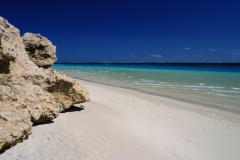

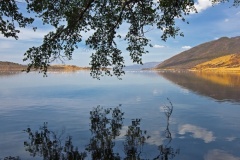

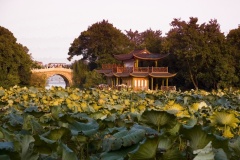
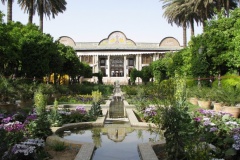





 Cloned ... the beagle glows in the dark under ultra-violet light, top, and appears normal under daylight. Photo: Reuters
Cloned ... the beagle glows in the dark under ultra-violet light, top, and appears normal under daylight. Photo: Reuters Rachel Beckwith ... fatally injured in a car accident. Photo: AP
Rachel Beckwith ... fatally injured in a car accident. Photo: AP
